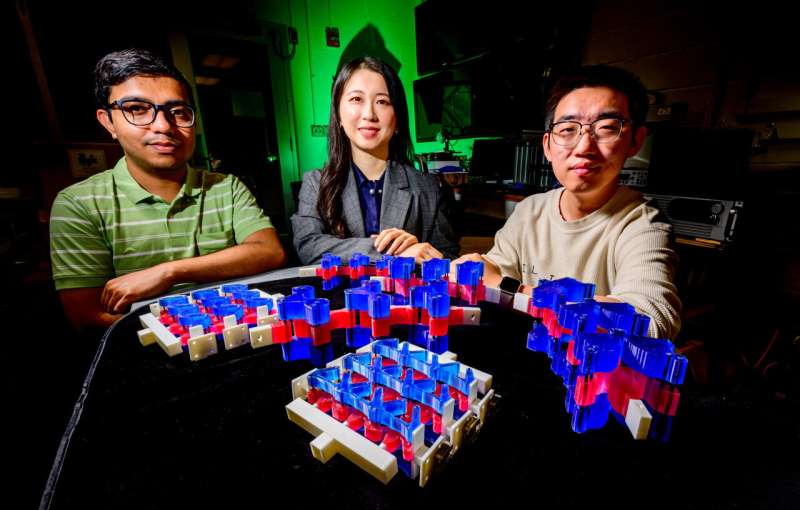Welcome to an inspiring exploration of science where innovation meets nature’s brilliance! Researchers at the University of Illinois Urbana-Champaign have taken a fresh approach to materials engineering by creating a unique synthetic multilayered material that mimics the intricate design of seashells. Let’s dive into the heart of this fascinating discovery!

In a world where creating materials that respond intelligently to stress is critical, researchers like Professor Shelly Zhang have taken exciting strides. Alongside her colleagues from the Technical University of Denmark, Zhang has developed a synthetic material structured in multilayers. Each layer possesses distinct properties, enabling them to respond dynamically when faced with mechanical stress.
This research, recently highlighted in Science Advances, moves beyond traditional material replication, like mimicking the strength of feathers or bones. Instead, it pioneers a method where layers work together harmoniously, resembling the cohesive strength of natural designs.
Inspired by natural materials like nacre (mother of pearl), the team integrated internal microscale programming into their synthetic structure. This means each layer not only serves a unique function but also collaborates with the others to enhance overall performance, much like a well-rehearsed orchestra!
According to Zhang, “We envisioned multilayered materials, with each layer exhibiting its own properties, yet working together.” This innovative framework significantly broadens the possibilities for designing materials that can handle stress in more complex ways than traditional single-layer structures.
Throughout their research journey, the team faced the challenge of turning theoretical models into tangible materials. They realized the material’s practical application would always differ slightly from their theoretical designs—a common scenario in scientific exploration. However, rather than being discouraged, they embraced this discrepancy, using it to further refine their technology.
“This difference in behavior is a lesson from reality. We can learn to program nuances into the material’s design,” Zhang explained. It’s a beautiful reminder of how even obstacles can lead to remarkable breakthroughs!
Despite the challenges ahead, this research illuminates an exciting possibility: when materials work together, they not only enhance their individual properties but can also perform incredible feats collectively. “Just as collaboration creates great results among people, it does the same when materials unite,” Zhang noted enthusiastically.
More information:
Zhi Zhao et al, Extreme nonlinearity by layered materials through inverse design, Science Advances (2025). DOI: 10.1126/sciadv.adr6925
If you would like to see similar science posts like this, click here & share this article with your friends!

